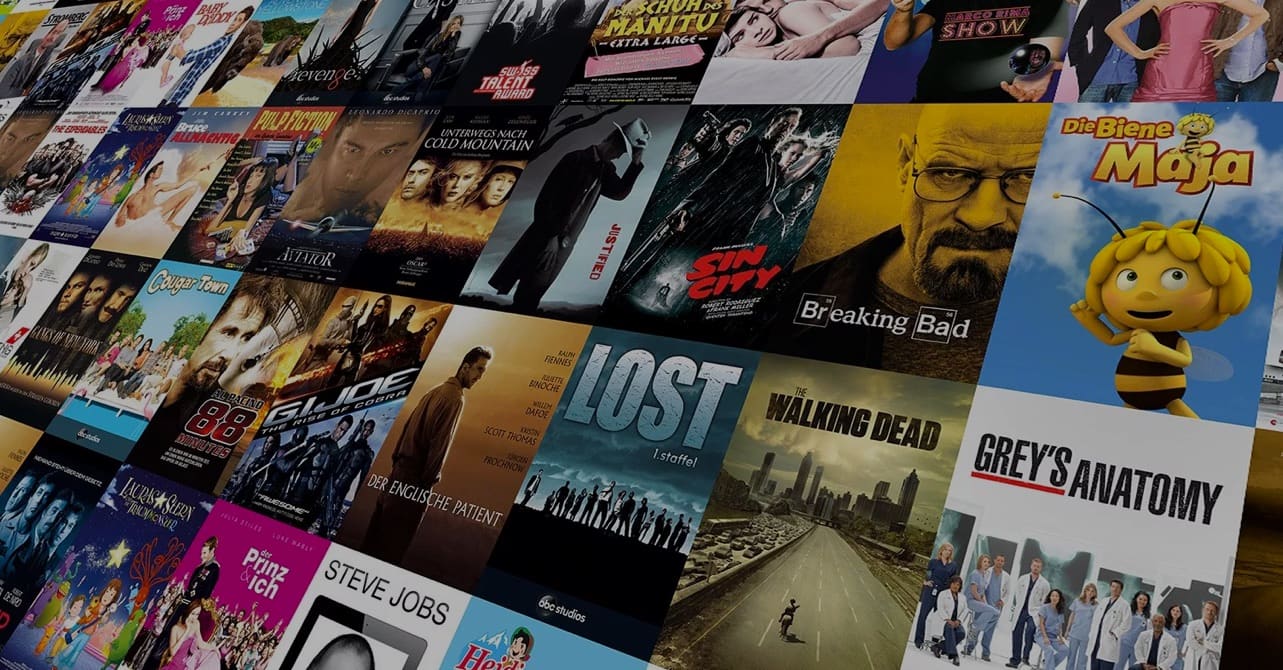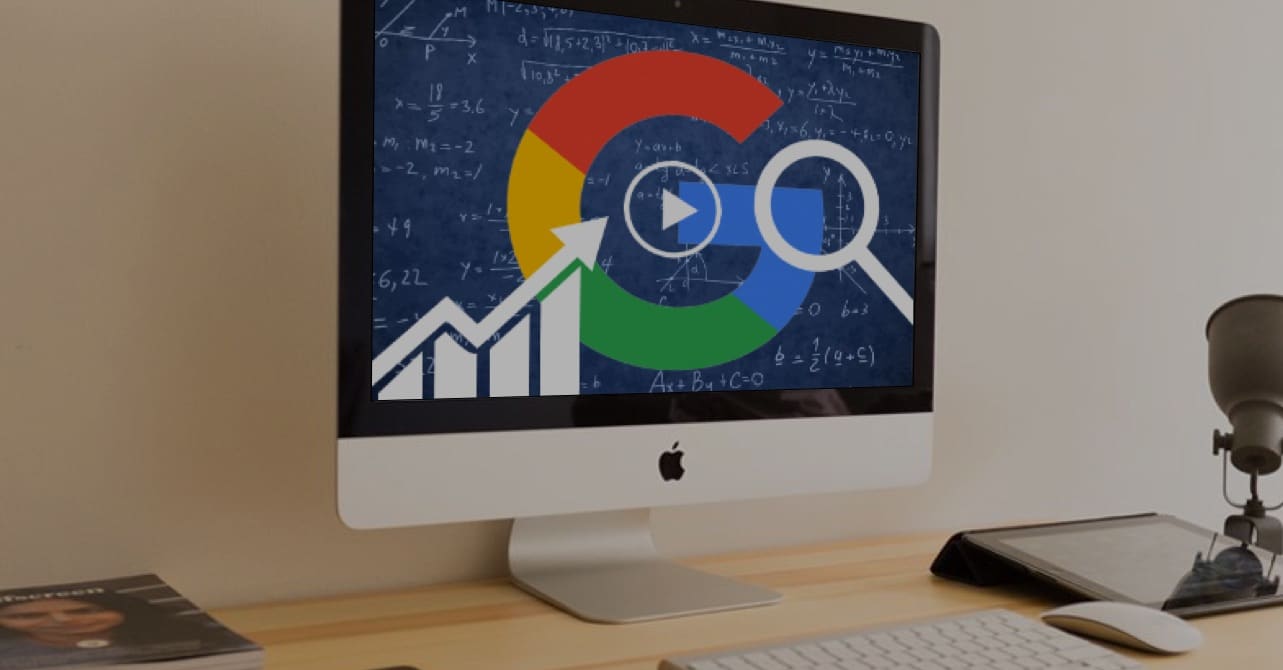How to secure your videos with tokenized video delivery..
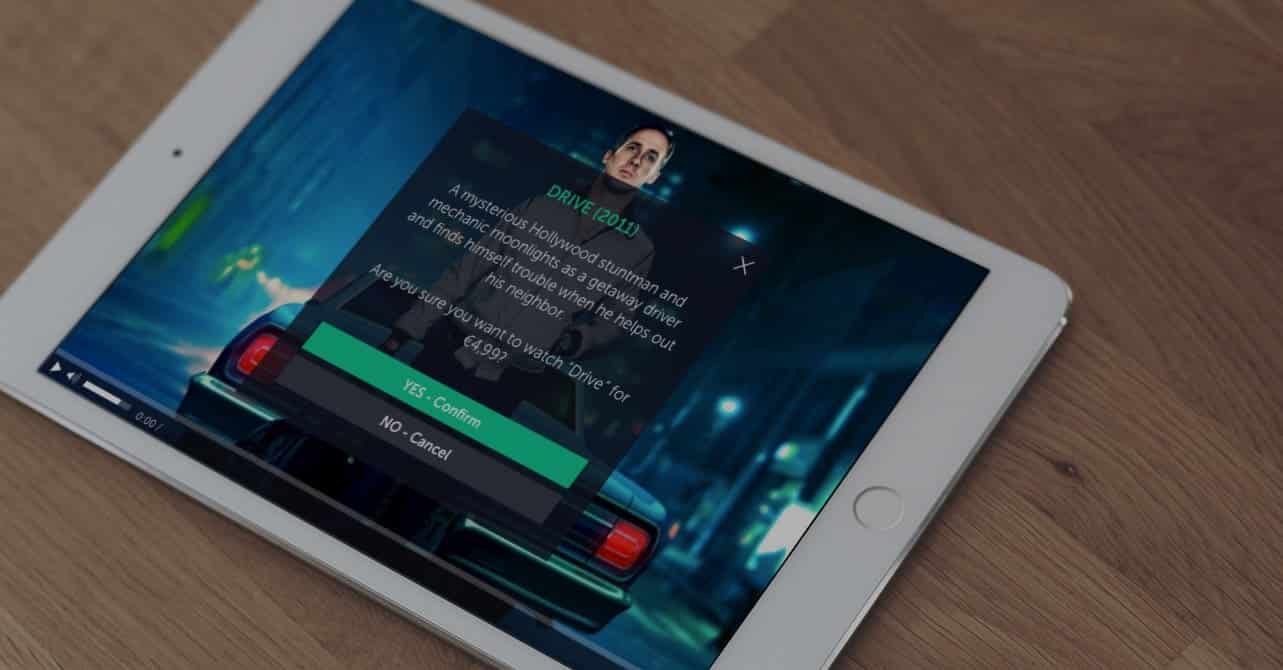
OTT stands for over-the-top television, a term used for watching movies, series and TV video content over the Internet. A big advantage is that the user can control exactly what they watch, when they watch it and can pause and resume their favorite shows/videos whenever they want. Traditionally you were required to subscribe to a traditional cable or satellite pay-TV service in order to watch your favorite series and movies on your TV set-top box at home. But with the increase of broadband speed and it’s adoption, companies like Netflix and Hulu changed the way we consume our entertainment.
There are companies offering a Netflix-like OTT TV Platform out of the box, such as Vimeo and VIXY Video, whereas VIXY goes a bit further with customizing the design and functionality to your needs.
We can now watch whatever we want, whenever we want. The video streaming service Netflix made it clear that a successful video service could be delivered ‘over-the-top’ of the public internet, rather than through the expensive, closed networks of broadcasters and telecom providers. With their disruptive model Netflix now has 93.8 million subscribers globally.
In addition to the traditional providers of series, films and TV, you now also see more and more large and small companies that use the possibilities of OTT TV. Take Basic-fit, for example. With more than 1.8 million members and more than 586 clubs, Basic-Fit is the European market leader in the value-for-money fitness market. They also started their own online video platform. Basic-Fit’s video platform gives members access to the latest virtual group lessons. GXR (Group Exercise Revolution) are classes of about 20 to 40 minutes that you can perfectly combine with another workout. The best instructors, known from the sports and television world, will take you on a journey with their infectious enthusiasm and passion for sports.
But the niche provider can also respond smartly to the changing landscape. Take Dalton’s OTT TV platform, with their independent films they reach viewers all over the world. There are a lot of possibilities when combining TVOD, SVOD and AVOD revenue models.
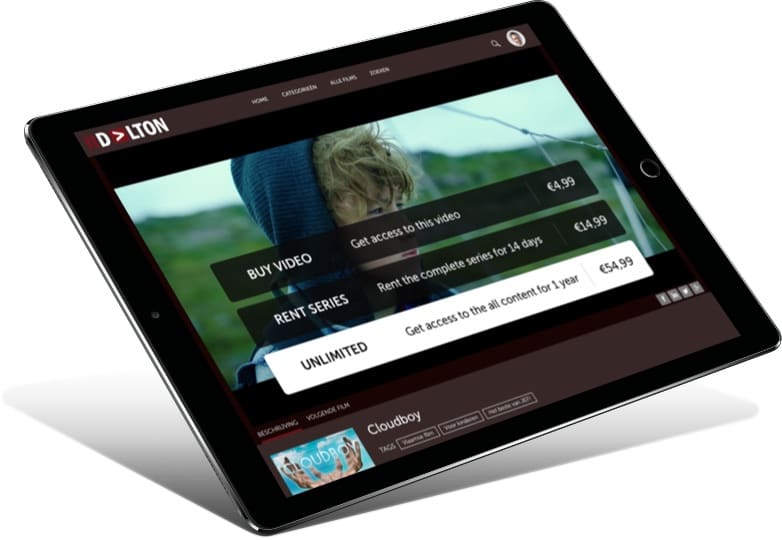
Experts say that within the next three years, viewership hours of live-linear streaming over-the-top (OTT) content will surpass those of traditional broadcast TV. So now that the market is open, everyone wants a piece of it. No one wants to miss out on not having their app on the home screen of a popular TV service. And that’s why over-the-top is the sexiest term in entertainment right now.
Soon after Netflix, major companies such as HBO and Amazon entered the market. And Disney has also entered the OTT market with its own OTT solution. Disney expects to be able to make more money through its own service than by licensing its content to Netflix. And that could be a very good decision, because they have a huge amount of video content of their own that serves a large niche market.
Budgets are also increasing. Beginning in 2016, Apple Inc. began to produce and distribute its own original content. In 2017, Apple announced a $1 billion budget for the creation of Apple’s own OTT TV series and movies. An enormous amount of money, with which they a create their own OTT productions.. In 2021, Netflix has spend 13.6 billion annually on its own OTT productions. The interference of these large players will make it increasingly difficult to enter the market as a smaller party. There are certainly still opportunities in the real niche segment. Especially now that the technology is also within reach for small parties.
In order to become and stay a successful OTT player you need content. Good content. Netflix found out that content is expensive, and the best syndicated TV shows kept getting snapped up by cable channels or could be taken back like Disney recently did.
So by far the best way to go about this is by creating your own content. One of the biggest pros of OTT is that you have access to a great deal of information from user data, which is invaluable nowadays. Let’s break it down by using Netflix as an example.
By analyzing their own viewer data, Netflix found out that people would binge-watch serial dramas in a way that they would not do for sitcoms. House of Cards was the very first Netflix show that the streaming service used as a sort of Big Data analytics testing ground. Netflix’s robust analytics showed them everything they needed to know about how much viewers loved actor Kevin Spacey, the British version of House of Cards, and director/producer David Fincher — who was well-known for his work in The Social Network. Those three pieces of data made them certain the show would be a home run. They pumped $100 million into the show without even having seen a pilot. That money amounted to one-third of the $300 million annual budget for original shows. Netflix now spends 13.6 billion annually on its own OTT productions.
OTT platforms all use an online video platform, or OTT backend. An OTT backend typically handles all the media, users, subscriptions, security and rights of the OTT platform. The backend communicates with the different consumer devices. The IAB defines OTT devices as those that “can connect to a TV to facilitate the delivery of Internet-based video content. Also referred to as Connected TV.
The most common hardware devices used for streaming are currently streaming boxes/sticks (Apple TV, Google Chromecast and Roku) followed by smart TVs and Internet-connected gaming consoles. There are some development challenges to bring your content on every device, because each device has their own development stacks for creating apps.
As the market develops and households begin streaming content across an increasing number of OTT TV apps, user experience in the app is becoming a more important factor.
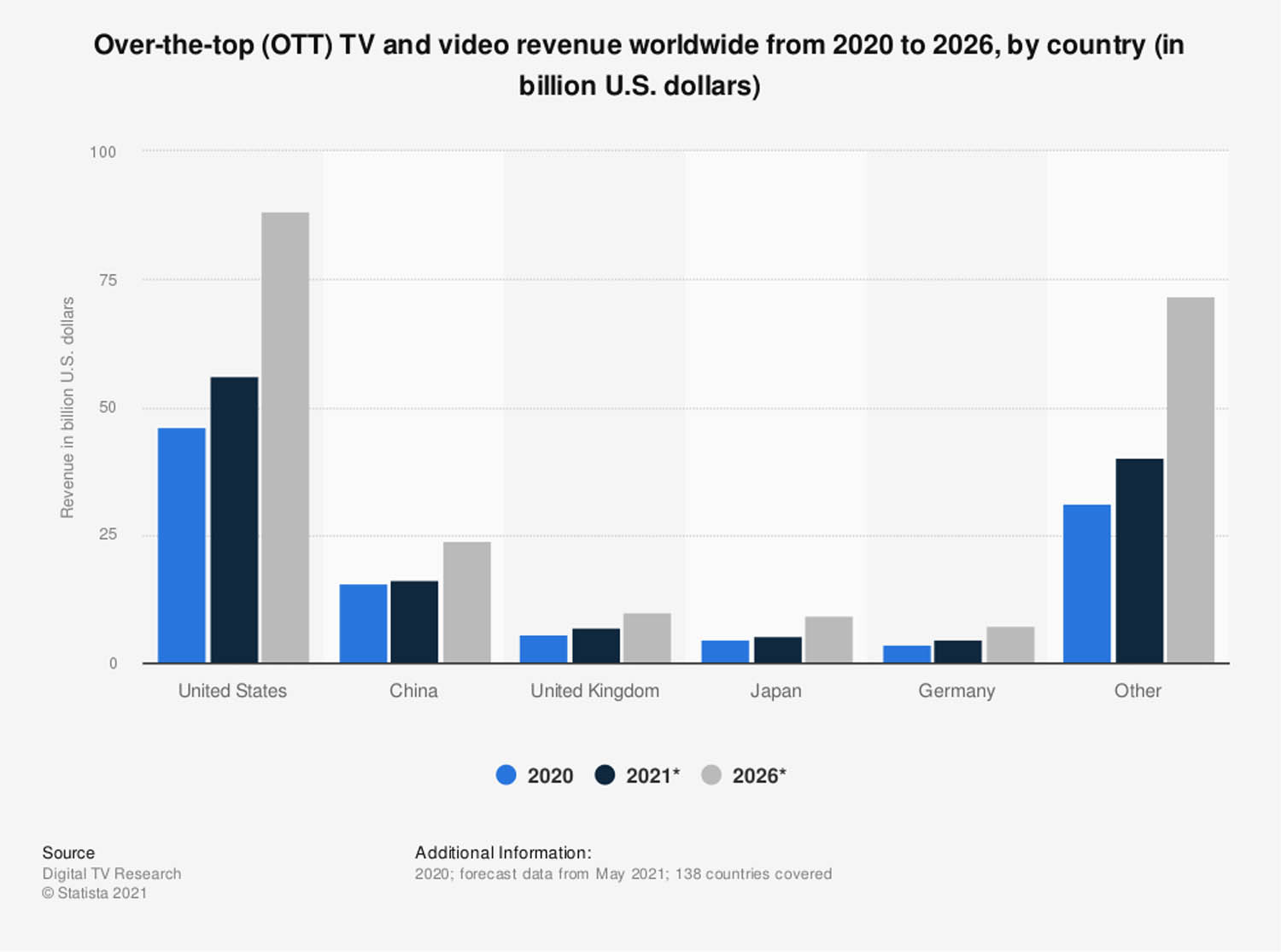
Just as media companies have done throughout history, over-the-top TV services are likely to experiment with a variety of business models. They can largely be broken down into three revenue models:
Most OTT TV services offer a subscription model. As subscription streaming video options expand, consumers are becoming less likely to rent digital video. Digital video rental (TVOD), which has never been that popular, is expected to continue to decline to less than 5% of total OTT revenue. Niche SVOD services carry the big potential.
A study from Parrot Analytics suggests that by teaming up with a more popular OTT service, the niche SVOD providers stand to improve the size of their target audience, therefore increasing the chance of their content falling into the laps of the right people. To learn more about video business models please read: TVOD platform, subscriptions or advertisement? Choosing a revenue model.
The OTT and SVOD industry is evolving and is gaining increasingly more commercial power each and every day. When content owners and service providers are able to overcome the technical challenges, they have a huge opportunity in front of them. Focus on growing, producing great content, and protecting your subscriber base and increase the average revenue per user.
Contact us if you need any advice on your OTT strategy.
Curious what your video streaming platform will look like? Feel free to request a demo! We’re looking forward to discussing your project and requirements.


